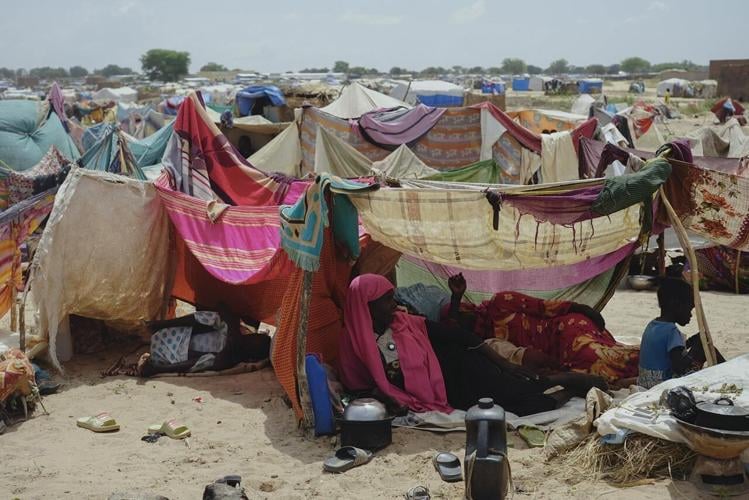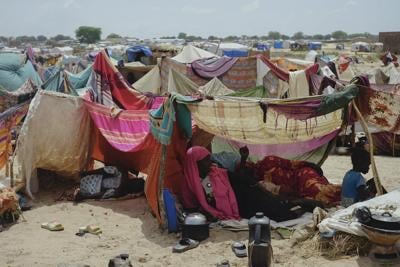Canada has moved up one spot to become the fourth largest recipient country of asylum seekers, according to the United Nations Refugee Agency.
Last year, Canada received a record 174,000 new refugee claims, of the 3.1 million new claims reported worldwide, said the agency’s 2024 global trends report released on Thursday. Canada was behind the U.S. (729,100), Egypt (433,900), Germany (229,800). In fifth was Spain at 167,400.Â
This country was also the second-largest resettlement country globally, welcoming 49,300 refugees in 2024, and led the world in granting permanent residence to 27,400 refugees.
The UN refugee report came after Prime Minister Mark Carney’s government last week tabled an omnibus bill, the Strong Border Act, part of it meant to restrict access to asylum as Canada struggles with the ballooning 284,715 claims in the system.
On the eve of the three-day G7 summit that starts in Kananaskis, Alta., on Sunday, the agency’s representative in Canada said this is a unique opportunity to lead peace efforts and rally global support for those forced to flee for safety.
“Canada’s leadership in refugee resettlement and integration shows what’s possible when compassion and commitment come together,” said Tracey Maulfair. “At a time of global uncertainty, this leadership is more important than ever.”
Around the world, an estimated 123.2 million people were forced to leave their homes due to persecution, conflict, violence, human rights violations and other factors — up from 117.3 million in 2023 from 108.4 million in 2022.
The main drivers of displacement remain large conflicts like Sudan, Myanmar and Ukraine, and the continued failure to stop the fighting, said the report.
“We are living in a time of intense volatility in international relations, with modern warfare creating a fragile, harrowing landscape marked by acute human suffering,” Filippo Grandi, the UN High Commissioner for Refugees, said in a statement.
“We must redouble our efforts to search for peace and find long-lasting solutions for refugees and others forced to flee their homes.”
However, the report had a silver lining of sorts: initial estimates for 2025 indicate that global forced displacement may begin to fall during 2025, by one per cent to 122.1 million, as the growth rate of the displaced population slowed in the second half of 2024, dropping to 1.8 million, about a third of the first six months of last year.
“Even amid the devastating cuts, we have seen some rays of hope,” said Grandi. “Nearly two million Syrians have been able to return home after over a decade uprooted. The country (yet) remains fragile and people need our help to rebuild their lives again.”
The report said a total of 9.8 million displaced people returned home in 2024, including 1.6 million refugees who had fled to another country and 8.2 million who were displaced within their home country.
About 92 per cent of the 1.6 million returns were to only four countries: Afghanistan, Syria, South Sudan and Ukraine — “to pervasive poverty, soaring unemployment, severely inadequate public services and widespread food insecurity.”
The report calls for continuing funding of the refugee agency’s programs that assist refugees and internally displaced people returning home, and for investment in basic infrastructure and social services in host communities for regional and global security.
Although today’s global displaced population is twice the level in 2015, funding for the refugee agency has remained unchanged over the decade, which Grandi said is untenable, leaving refugees and others fleeing danger even more vulnerable.




































To join the conversation set a first and last name in your user profile.
Sign in or register for free to join the Conversation